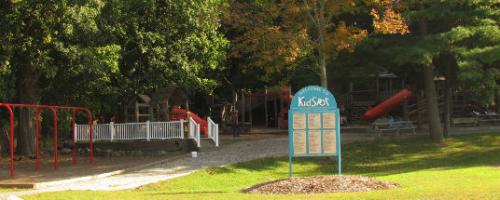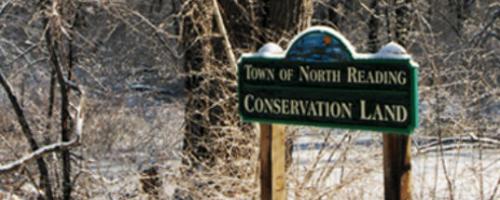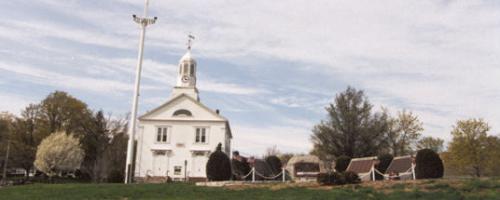Mowing Your Lawn
Short grass is not always healthy grass. In fact, the shorter the grass, the harder you are going to have to work to keep it green and healthy in the summer. Short turf has a limited, shallow root system, which makes it susceptible to pests, weeds and drought. Turf with a poorly developed root system is unable to obtain sufficient water and nutrients from the soil. Here are a few tips about mowing your lawn that will save time, energy, and especially water!
Let the grass grow taller in hot weather
Allowing the grass to grow to 3 to 4 inches permits greater leaf growth, provides shade for the soil surface, reduces evaporation and suppresses crabgrass and other weeds. High mowing will encourage dense, well-rooted turf, which will tolerate environmental stresses (including pests) as well as reduce the need for fertilizers and pesticides. Increased root growth leads to increased drought survival.
Never remove more than 1/3 of the leaf blade length.
In the spring and fall when grass is growing quickly, you may need to mow more than once a week. If the lawn grows very high, try to reduce the length over a few mowings rather than shocking the turf by cutting it all at once.
Keep your mower blades sharp!
Dull mower blades tear the turf and put stress on it. This can result in a brownish appearance of the lawn and may make it more susceptible to pests and disease.
Keep your clippings!
Unless there is an excessive amount of clippings, the clippings should not be removed. Grass clippings contain high amounts of nitrogen, a key ingredient in fertilizer. Use your grass clippings by leaving them on the lawn. It may be all the fertilizer you need, and it will save you time and money. Clippings are about 85% water, so they usually decompose within a week and will not smother your lawn. The easiest and most common way to spread clippings is called mulching: mulching mowers cut the grass into smaller pieces and then drop them back onto your lawn.










